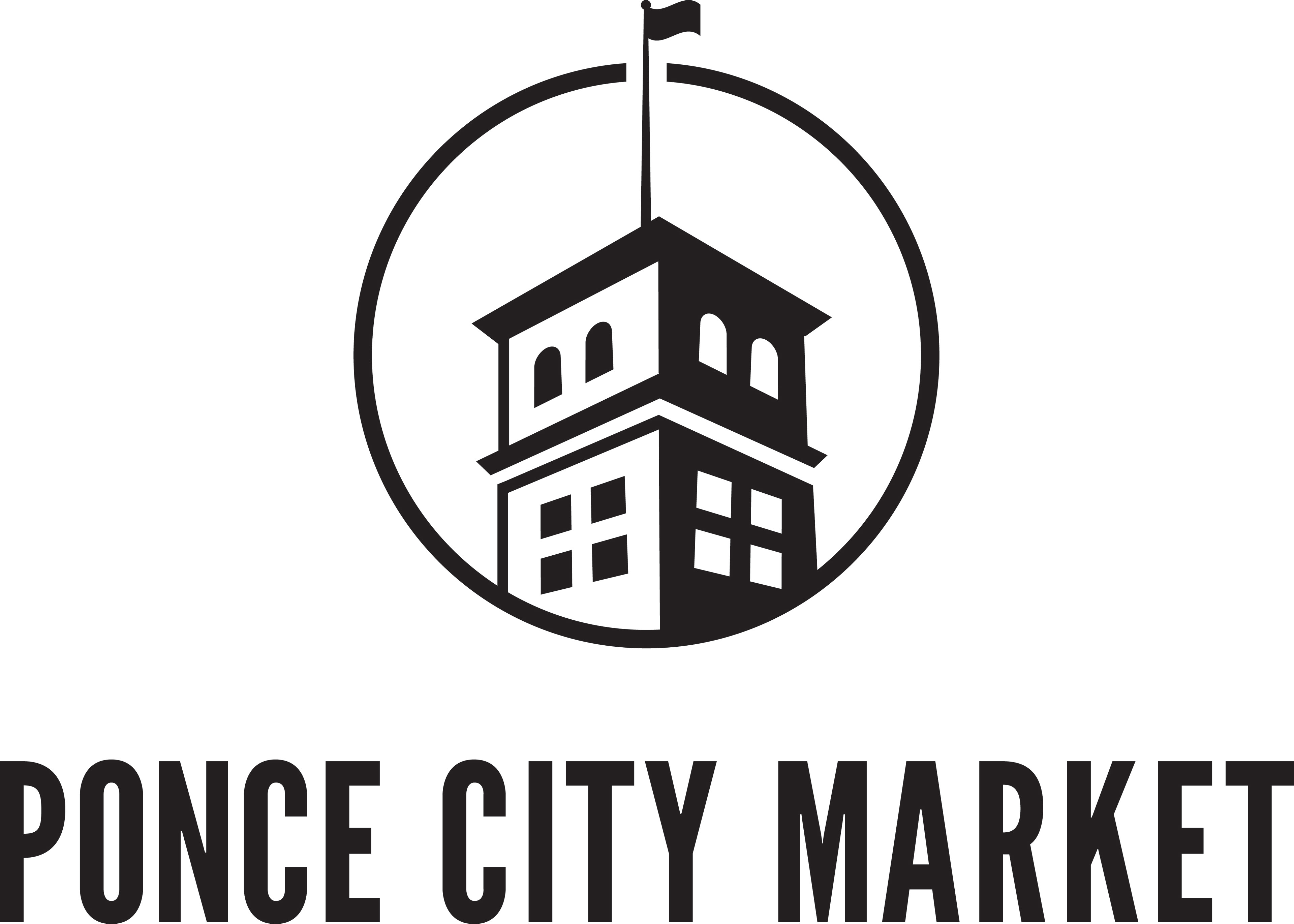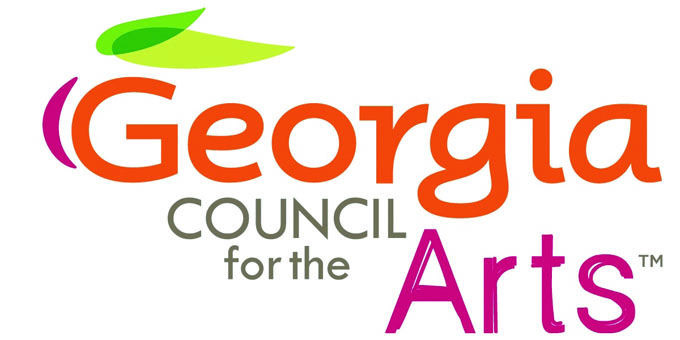What happens when Atlanta’s streets, pavilions, alleyways, gardens, forests, and trails become temples and proscenium stages?
Before paths were constructed by architects and designers, they were shaped by intentional movement. Historically, bodily gesture has marked significant locations and served as a method of meaning making about space and place.
Throughout Atlanta, contemporary artists have marked public space through migratory performances, processionals, landscape-based ritual, and sculpture. Pedestrians walk Atlanta paths for leisure, towards work, as work or as home, and while we may not see it, space is changed by fluxes of movement.
private gestures | public places is a reading of how the moving body in outdoor space learns, makes meaning, shapes and abstracts time, and connects with story and people across generations.
RESEARCH
+ Data collection via WRITTEN LETTERS, including:
Ongoing written correspondence with 8 artists who have marked Atlanta’s public spaces with migratory performance, performance in relationship with architecture, landscape and object, and who work with ecology, birth, and myth in their art-making practices.
and
Three pop-up letter writing stations along the Atlanta BeltLine engaging passersby with prompts about public gestures, intimacy, memory, and landscape.
+ INTERVIEWS with Atlanta-based arts organizations, performers, scholars, and organizers.
+ OBSERVATION of travel patterns, performances, and gestures along Atlanta BeltLine trails
Letter writing was chosen as a research methodology because of it's shared qualities with performance. This experiment in using written correspondence as data has so far provided sensual and thoughtful language around bodies in public space. The practice has become meditation and ritualized gesture. It mirrors a movement-making practice of which I'm familiar.
The lines between public and private are blurred and the writing becomes an ephemeral act, revealing something special and intangible between reader and writer.
Letters in Transit
intentional gestures of intimacy between strangers
April 29, 3-6pm Kipp
April 30, 11-2 Ponce City Market
Letters in Transit is a pop-up letter writing station along the Atlanta BeltLine Eastside (Ponce City Market green space) and Westside trails (near Kipp). BeltLine travelers can take a moment of intentional pause to exchange a story via written letter. Letters, signed anonymously or not and addressed to the recipient of the traveler's choice, are deposited into a mailbox at the pop-up. Insights from correspondents will be used as part of research exploring the question: how does the moving body in public space make meaning, shape and abstract time, and connect with story and people across generations?
readings
The Archive and the Repertoire, Diana Taylor
*
As Long As Grass Grows: The Indigenous Fight for Environmental Justice, From Colonization to Standing Rock, Dina Gilio-Whitaker
*
Black Quantum Futurism: Theory and Practice, Rasheedah Phillips
*
Choreographing Difference: The Body and Identity in Contemporary Dance, Ann Cooper Albright
*
Ecology of the Erotic in a myth of Inanna, Judith Grahn
*
Ecowomanism: African American Women and Earth Honoring Faiths, Dr. Melanie Harris
*
Emergent Strategies, adrienne marie brown
*
Experience as Dance, Anna Halprin
*
How the Civil War Taught Americans the Art of Letter Writing, Smithsonian Magazine
*
How We Show Up, Mia Birdsong
*
Inanna: Queen of Heaven and Earth, Diane Wolkstein
*
In the Name of the Goddess, Donna Giancola
*
The Myth of the Eternal Return, Mircea Eliade
*
Nine Ways of Seeing a Body, Sandra Reeve
*
Peace is in Every Step, Thich Nhat Hanh
*
Place-making and embodied space, Setha Low
*
The Price of Permanence: Nature and Business in the New South, William D. Bryan
*
Site-Specific Dance in a Corporate Landscape, Melanie Kloetzel
*
Sister Love: The Letters of Audre Lorde and Pat Parker, 1974-1989
*
Sprawl City: Race Politics, and Planning in Atlanta, edited by Robert D. Bullard
*
Sustainable for whom? Green Urban Development, Environmental Gentrification, and the Atlanta BeltLine, Daniel Immergluck and Tharunaya Balan
*
Uses of the Erotic: The Erotic as Power
*
Vilet Letters to Miss Patsy, Duke University
*
Visible Fringe: What is Site-Specific?, Camille LeFevre
*
Walking and Mapping: Artists as Cartographers
*
Walking Art Practice: Reflections on Socially Engaged Paths, Ernesto Pujol
*
Walkscapes: Walking as Aesthetic Practice, Francesco Careri
*
Wanderlust: A History of Walking, Rebecca Solnit
*
Wayward Lives, Beautiful Experiments: Intimate Histories of Social Upheaval, Saidiya Hartman







